
Introduction

The Mac is in its third decade, and it’s still going strong: we’re expecting to see a radically redesigned MacBook Pro next month, and we’re hoping for an updated 2016 iMac too – although there’s a good chance we might have to wait until WWDC for that one.
Today’s Macs are very different from the earliest models, of course. The first Mac had 128 kilobytes of memory; the iMac we’re writing this on has 16 gigabytes. It’s a bit faster, too. But whether it’s a Mac SE or a MacBook Air, most Macs have something that sets them apart from other people’s PCs – although even Apple has made the odd duffer. Here are some of Apple’s greatest Macs, and a few Mac misses too.
1. Apple Macintosh

- Date of launch: January 1984
- Price at launch: $1,495 / $2,495
The first Mac was the first mass-market personal computer with a graphical user interface and mouse. Apple spent so much money advertising the original Macintosh that CEO John Scully promptly upped the price by $1,000 to try and recoup that money, but despite such tomfoolery the Mac sold well: 50,000 were sold by April, and in the first year Apple sold 280,000 Macs. Its 128KB of RAM proved to be insufficient for many, and a 512KB version was introduced later the same year with a price tag of $3,195.
2. Macintosh Plus
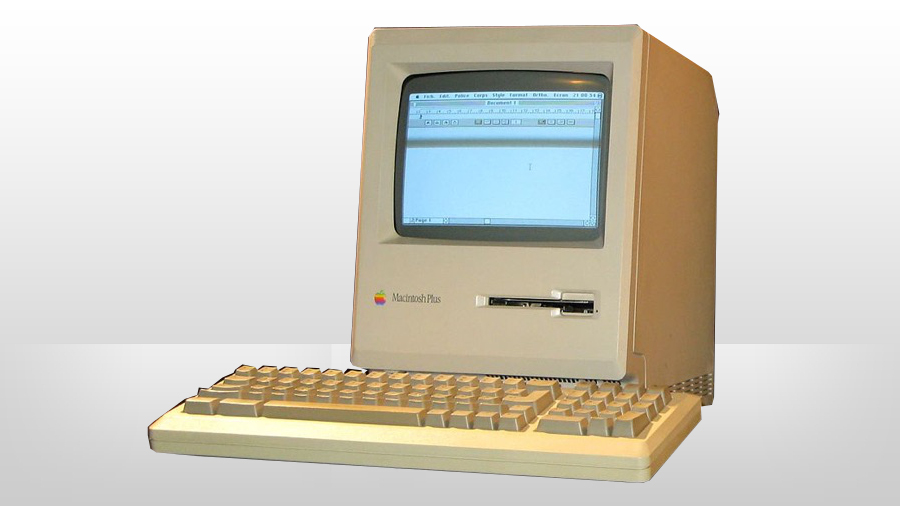
- Date of launch: January 1986
- Price at launch: $2,600
The Mac Plus was a big success, and wasn’t discontinued until late 1990. It had a massive 1MB of RAM, expandable to an even more massive 4MB, an 800KB floppy disk drive and a SCSI interface enabling users to add peripherals such as hard disk drives, printers, scanners and other key devices. It was fanless, which meant it ran really quietly. Unfortunately that also made it prone to overheating.
3. Macintosh II
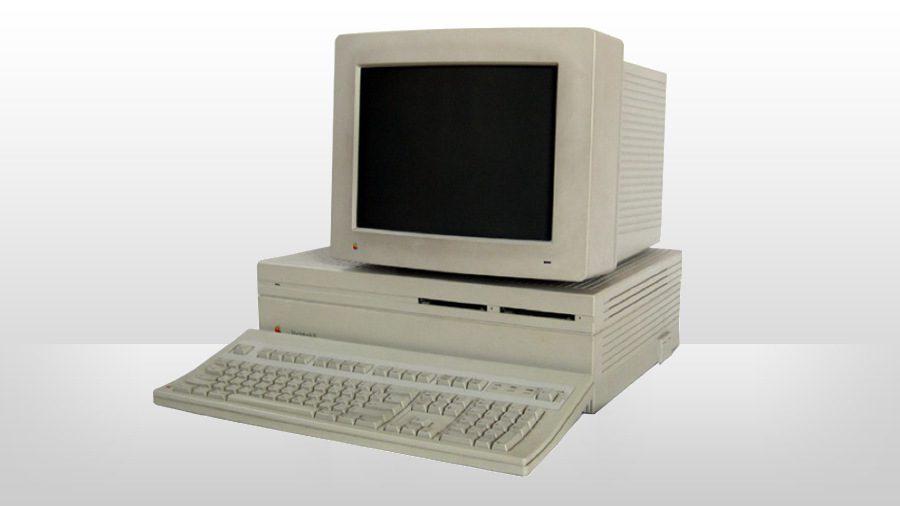
- Date of launch: March 1987
- Price at launch: $5,500
For all its joys, the Macintosh didn’t have something even the simplest phone has today: a colour display. The Macintosh II changed that, although if you wanted a fully loaded version with colour monitor, hard disk, keyboard and RAM you could double the already hefty $5.5K price tag. Its modular design meant a more PC-style case instead of the all-in-one designs of earlier Macs.
4. Macintosh SE
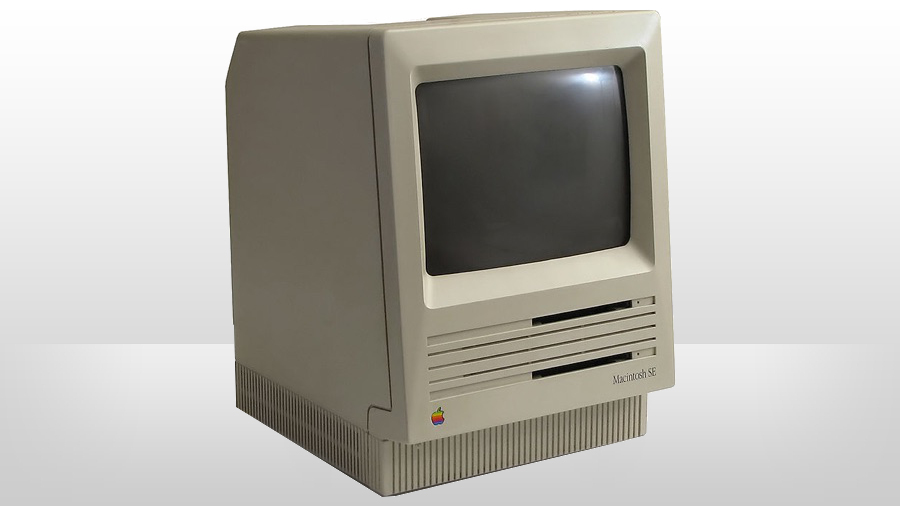
- Date of launch: March 1987
- Price at launch: $2,900
For many people, the SE is the Mac that springs to mind when they hear “Macintosh”. Introduced alongside the Macintosh II with a cheaper price tag – $2,900, or $3,900 if you wanted a hard disk – the SE could have one or two floppy drives or a floppy drive and a hard drive. It had a fan, too, so it didn’t suffer from the heat problems of its more expensive sibling. If you spot a transparent one, snap it up: they were promotional prototypes and Apple only made 10, so they’re worth a fortune.
5. Macintosh Classic

- Date of launch: October 1990
- Price at launch: $1,000
The Classic is significant, not because of its specs but because of its sticker price: it was the first Mac to be sold for less than $1,000. Macs had been getting pricier and pricier – the Macintosh IIfx was $9,900 before you added a keyboard or monitor – and with Microsoft’s good-enough Windows 3.0 selling like hotcakes, Apple’s sales started to decline. The Classic was an attempt to change that, and it was particularly popular in the educational market.
6. Macintosh LC
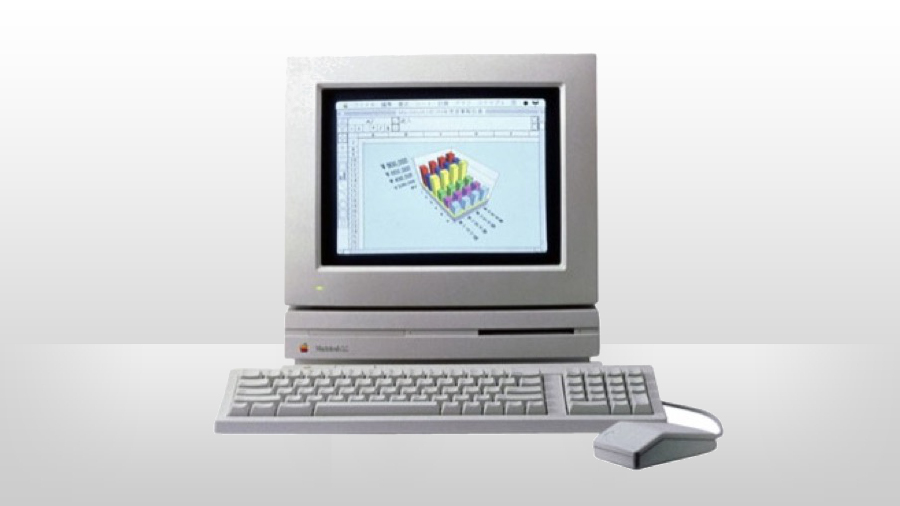
- Date of launch: October 1990
- Price at launch: $2,500
LC stands for “low-cost color” and the Elsie was effectively a Mac Classic with a color-capable video card. Like the Classic it was priced to sell, this time at $2,500, but to hit that price Apple had to cut some corners – and while it was a huge success with over 500,000 LCs sold in the first year it was compromised from the outset.
7. PowerBook 100

- Date of launch: October 1991
- Price at launch: $2,300
The PowerBook 100 wasn’t the first portable Mac – that was the Macintosh Portable in 1989 – but it was the first popular portable Mac, raking in $1 billion in sales in its first year. It was a collaboration between Apple and Sony, who also manufactured the computer. PC World called the 100 the tenth-greatest PC of all time back in 2006, and the portable won stacks of design awards for its brilliance.
8. Macintosh Quadra
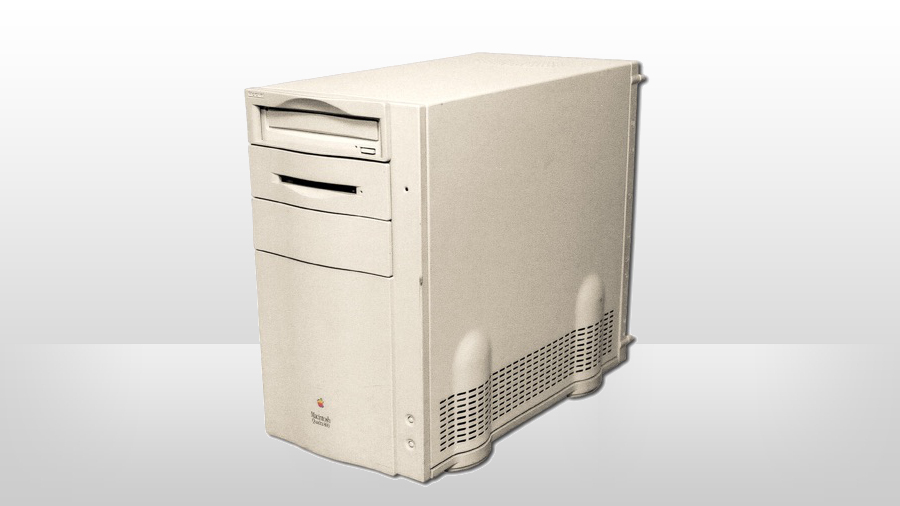
- Date of launch: October 1991
- Price at launch: $6,000
The Quadras were the Mac Pros of the 1990s, using Motorola’s whizzy 68040 CPU and aimed squarely at power users. The Quadra 700 could be upgraded to 68MB of RAM, had 512KB of video memory expandable to 2MB and was capable of displaying 1152 x 870, or 832×624 in 24-bit colour if you maxed out the VRAM. Eagle-eyed, moviegoing Apple fans may have spotted its guest appearance in Jurassic Park.
9. Power Macintosh 6100
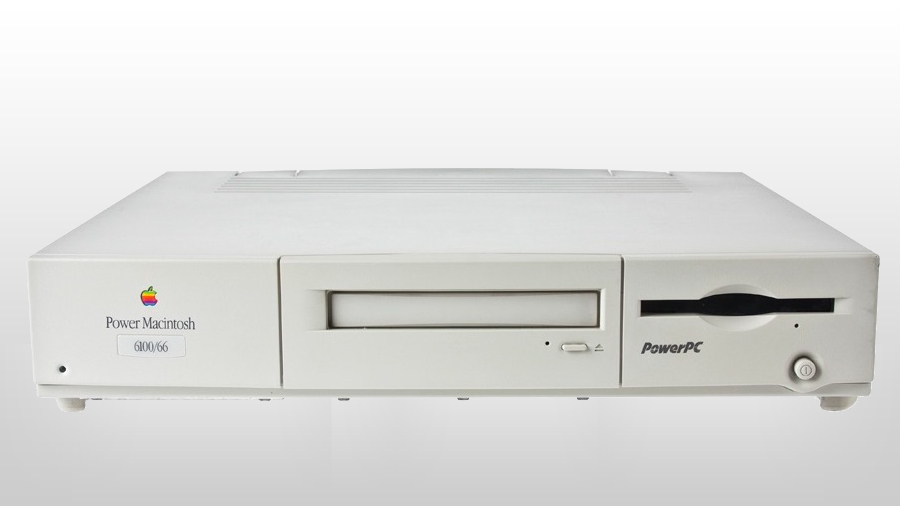
- Date of launch: March 1994
- Price at launch: $1,820
The Power Mac was the Quadra’s replacement and used the new AIM (Apple, IBM and Motorola) PowerPC processor to run the latest Mac OS, Mac OS 9. The Power Mac would hang around for more than a decade – Apple didn’t stop selling PowerPC Power Macs until 2006 – and the models fall into two camps: Old World ROM models, which featured the Macintosh Toolbox ROM chip, and New World ROM models, which didn’t and which used third, fourth and eventually fifth generation PowerPC processors (the G3, G4 and G5 respectively).
10. iMac G3
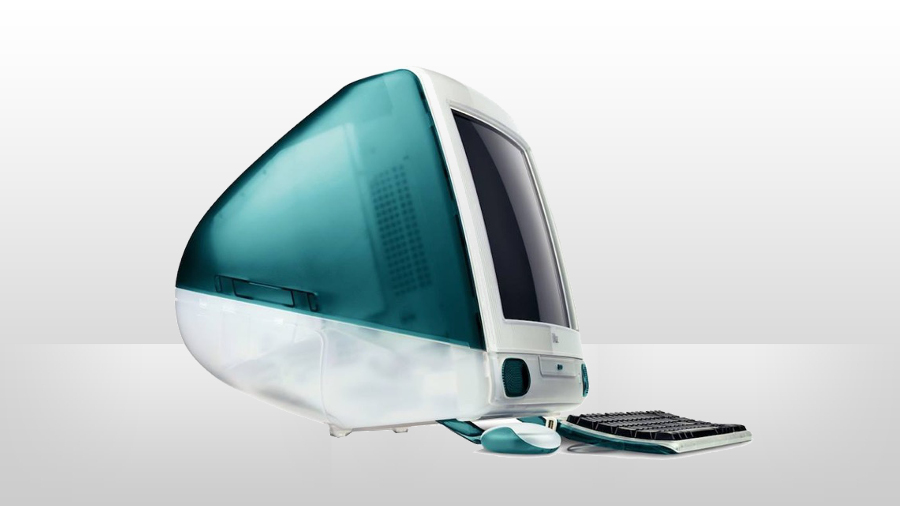
- Date of launch: August 1998
- Price at launch: $1,299
Apple was in trouble. Sales were in freefall, the product range was a mess and there was only one person who could sort it out: the newly returned Steve Jobs. Jobs slashed the product portfolio, canned projects across the company and presided over the launch of one of the most extraordinary computers ever made, the MacMan. Luckily for Apple, Jobs was persuaded to call it the iMac instead. Jonathan Ive’s design influenced not just computers, but all kinds of products ranging from steam irons to sex toys, and the controversial decision to kill off the floppy drive proved to be sensible rather than the act of madness many observers said it was.
11. iBook G3

- Date of launch: June 1999
- Price at launch: $1,599
The iBook wasn’t just one of the most lovable computers ever made. It also popularised a relatively obscure technology known as Wi-Fi. The fun design wouldn’t last – the iBook became considerably more sober with the launch of the “Snow” dual-USB iBook in 2001 – but it was another very visual indication that Apple was really thinking different from the rest of the PC industry.
12. Power Mac G4 Cube

- Date of launch: July 2000
- Price at launch: $1,799
The Cube was fascinating and flawed: it cost significantly more than similarly-specced Power Macs, its acrylic case suffered from a manufacturing fault that caused cracks in the acrylic case and to some eyes it looked a bit like a toaster. It wasn’t a huge success but it retains a cult following, and a few have been made into “macquariums”. Apple would try the small-PC thing again a few years later with considerably more success.
13. PowerBook G4
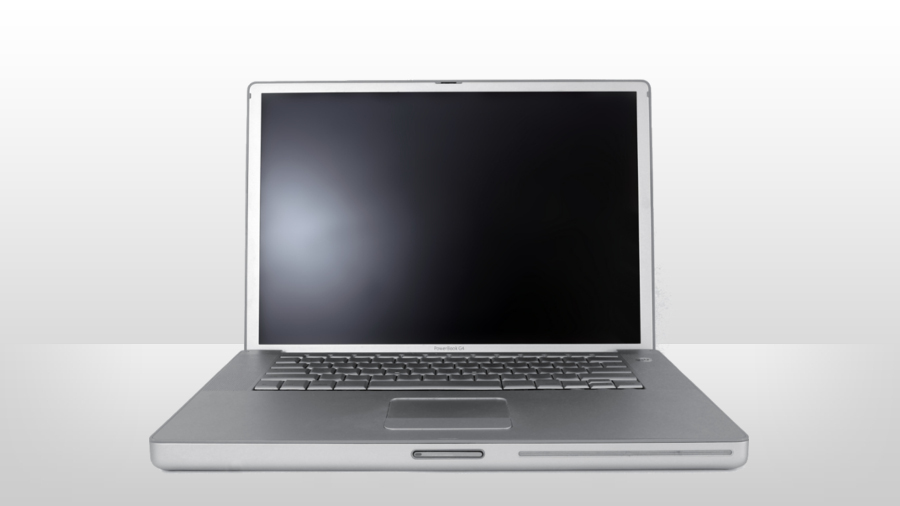
- Date of launch: January 2001
- Price at launch: $2,599
The PowerBook was a radical departure from Apple’s previous pro-laptop designs, dropping dark plastics in favour of shiny titanium and reversing the Apple logo so it looked the right way up to other people. You can see the PowerBook G4’s DNA in all of Apple’s current laptops, from the ultra-thin MacBook to the Retina MacBook Pro: the Titanium Powerbook, or TiBook for short, is clearly the grandparent of the Apple portables of today. Titanium proved to be problematic, so later PowerBooks – and their descendants – were machined from aluminium instead.
14. iMac G4

- Date of launch: January 2002
- Price at launch: $1,299
The original iMac was limited design-wise because it needed to include a huge CRT tube. Not so with the G4, which had a digital LCD instead. The candy colours of the first iMac had been so widely copied that they’d become a design cliché, so Apple went in a different direction for the new model. Some people see sunflowers; we see Luxo Jr, Pixar’s anglepoise mascot. The LCD made the iMac considerably more expensive, so Apple kept a CRT model for the education market and called it the eMac.
15. iMac G5

- Date of launch: August 2004
- Price at launch: $1,299
Looking at it now, the iMac G5 sits perfectly between the anglepoise G4 and the aluminium iMacs we have now, but at the time it looked really futuristic. It may seem porky compared to today’s ultra-thin iMacs, but in 2004 Apple was able to claim that it had made the thinnest desktop computer on the market. It’s a masterpiece of something Apple has become really good at: squeezing lots of computer into increasingly smaller spaces.
16. Mac mini

- Date of launch: January 2005
- Price at launch: $499
In the 1990s, Apple lost market share to Windows. In the 2000s, Apple went on the attack. Designed specifically to tempt price-conscious Windows users, the Mac mini eschewed keyboard, monitor and mouse to keep the price below $500. Essentially a laptop in the body of a very small desktop, the Mini wasn’t as quick as its siblings – but it was an awful lot cheaper.
17. iMac (Core Duo)

- Date of launch: January 2006
- Price at launch: $1,299
Hell froze over: Apple was using Intel processors, and the iMac was the first recipient. Apple had grown increasingly frustrated with the slow improvements in the PowerPC processor, and PowerPC Macs were lagging further and further behind PCs in the performance stakes. Swapping the G5 for a Core Duo nearly tripled the iMac’s speed, and Intel processors would go on to power all Macs by the end of 2006.
18. MacBook Air
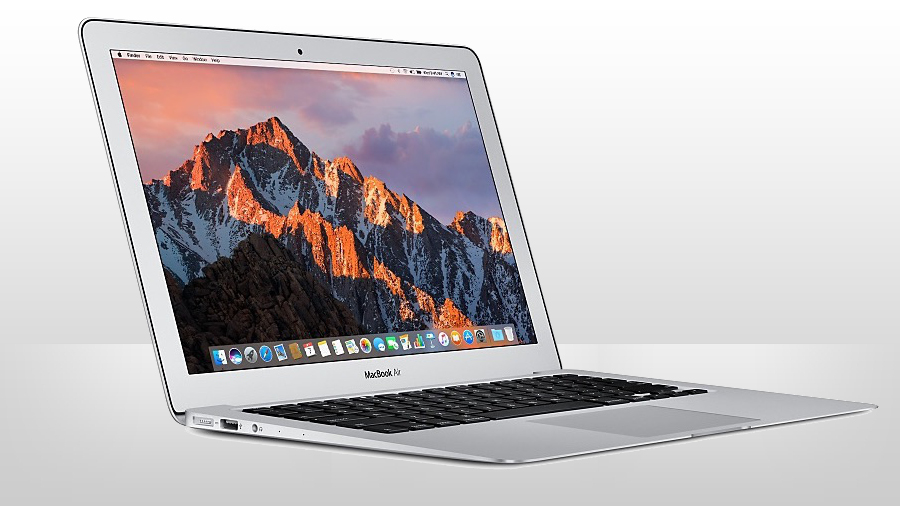
- Date of launch: January 2008
- Price at launch: $1,799
Steve Jobs introduced it by pulling it out of an envelope. The MacBook Air was the world’s thinnest laptop, and while the specs weren’t brilliant the portability more than compensated for it. The Air made other notebooks seem massive, and subsequent iterations ironed out some of the niggling issues such as processor performance and battery life. It was, and remains, a best-seller for Apple.
19. Mac Pro
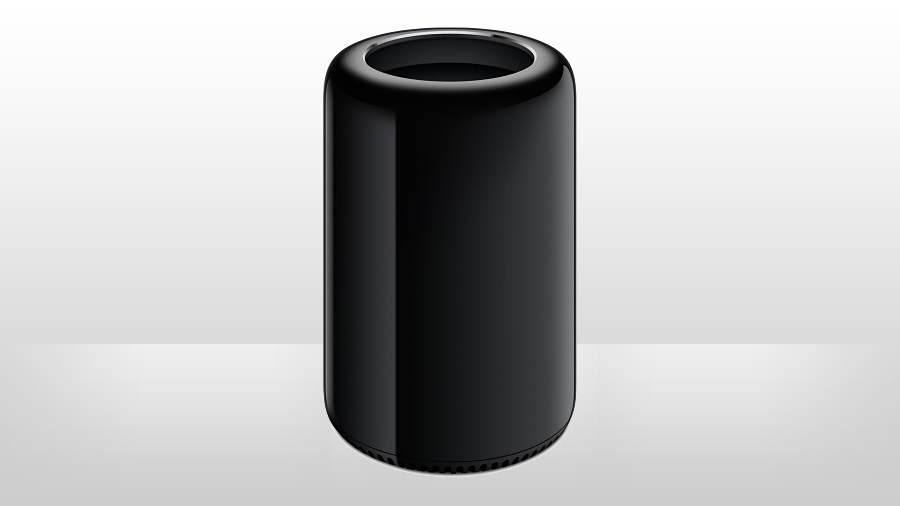
- Date of launch: December 2013
- Price at launch: $2,999
Darth Vader’s Dustbin is an extraordinary piece of engineering, with no visual similarities to the Mac Pros it replaced: the first-generation Mac Pro looked like the Power Mac G5, but the current model is one-eighth of the size despite supporting up to 12-core Xeons, four DDR3 RAM slots and dual GPUs. It’s the most powerful Mac ever made.
20. MacBook
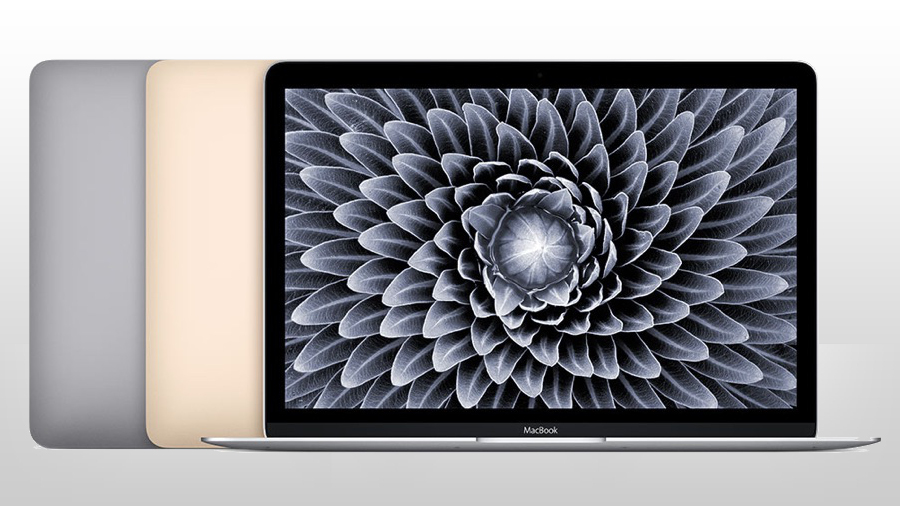
- Date of launch: April 2015
- Price at launch: $1,299
Thirty-two years after the first Macintosh, it’s clear that Macs can still excite and delight. The 2015 MacBook isn’t just a beautiful piece of engineering. It’s also the clearest indication of where Apple is right now, with a design that’s clearly related to the latest iPhones and iPads and an operating system that brings Apple MacBook, Apple Watch, Apple iPhone and Apple iPad together in perfect harmony. The lines between Macs and iOS devices are getting awfully blurry, especially here: choosing between the MacBook and the iPad Pro is a genuinely tough decision.
Source: techradar.com





































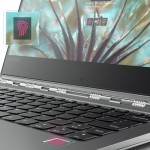
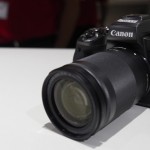


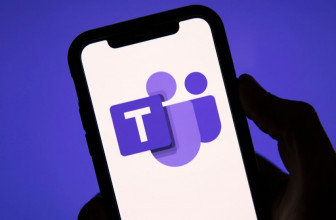
Should have included the G3 B&W.
So beautifully designed (and practical to work on), many people ran them with the cases open.
Really the first Mac to pave the way for all Mac Pros as hassle free to configure.